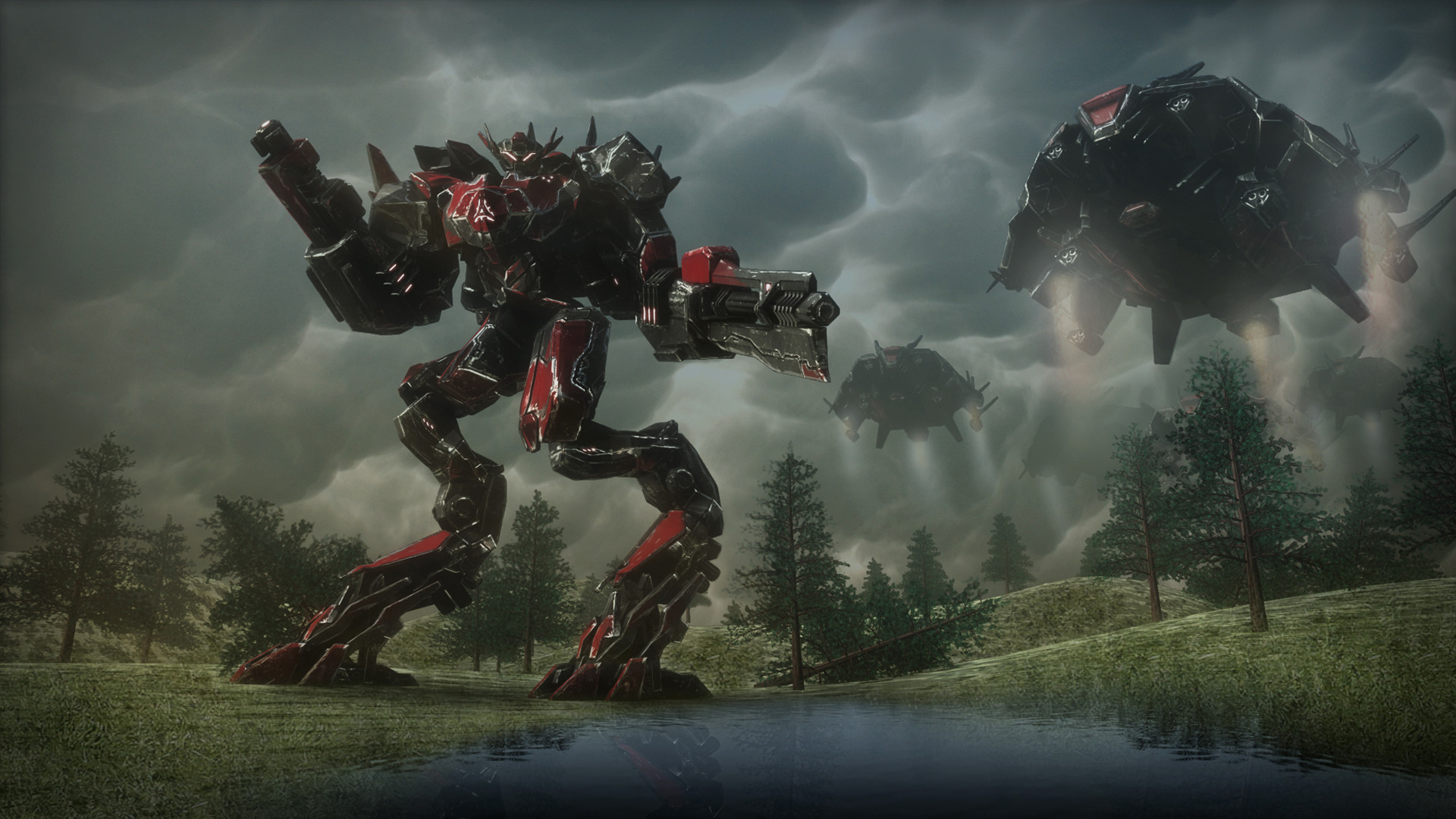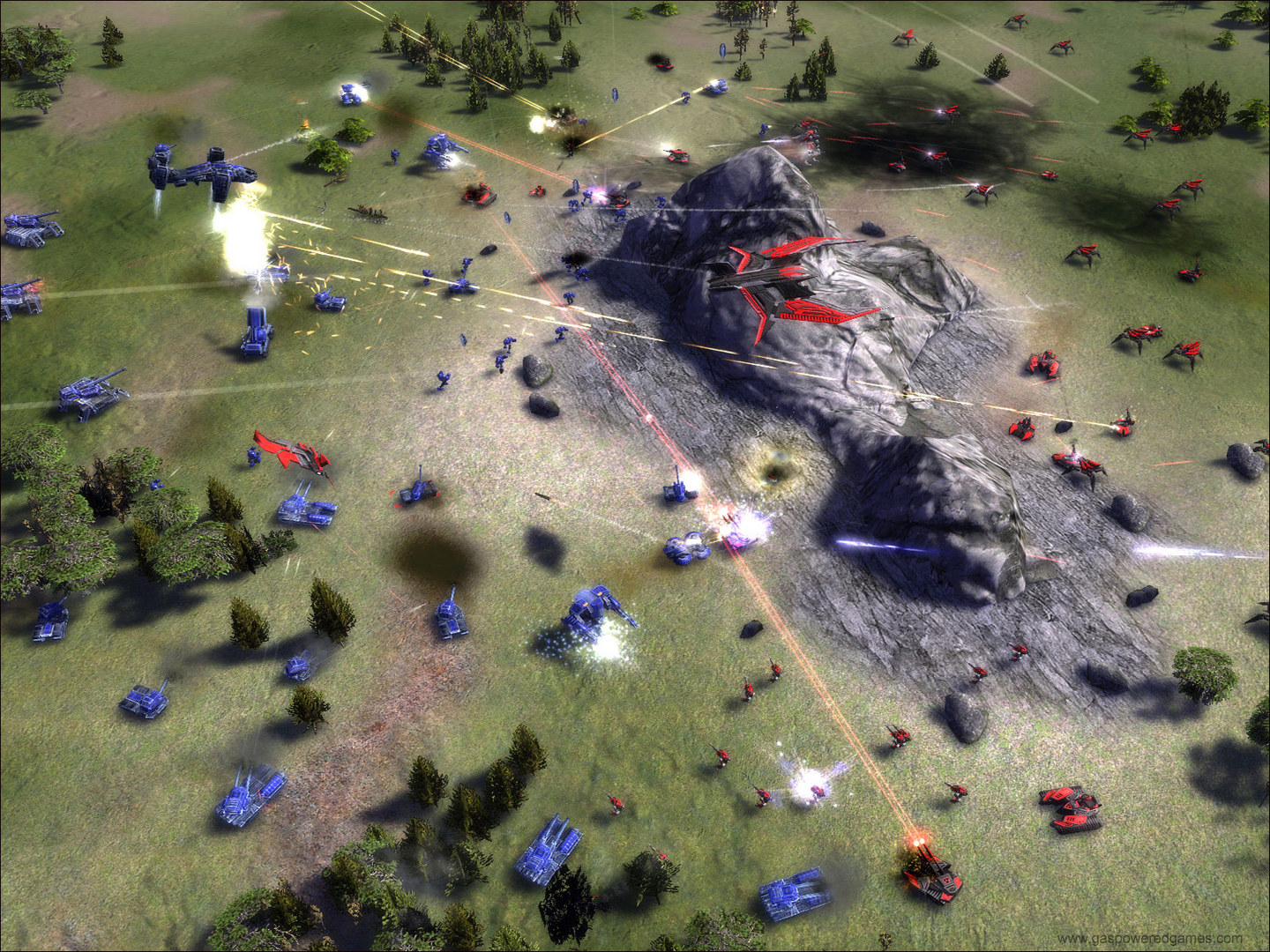
- #SUPREME COMMANDER GAMES FOR FREE#
- #SUPREME COMMANDER GAMES MOD#
- #SUPREME COMMANDER GAMES FULL#
- #SUPREME COMMANDER GAMES WINDOWS#
#SUPREME COMMANDER GAMES FOR FREE#
Optimal setting will provide maximum detail gameplay in most situations.Įxtra large maps, during heavily congested gameplay, or after modding and in multiplayer the system requirements may increase.įollowing the closure of GPGNet, both Supreme Commander and Forged Alliance were released for free on Steam to anybody holding a CD key.
#SUPREME COMMANDER GAMES FULL#
Note: Official recommended settings are not guaranteed to let the player run the game at full hardware settings with no lag.Ĭommunity settings will allow the game to run at full settings on most maps.
#SUPREME COMMANDER GAMES WINDOWS#
Microsoft Windows XP Service Pack 2 or VistaĭirectX 8 Vertex Shader / Pixel Shader 2.0 supportĭirectX 9 Vertex Shader / Pixel Shader 2.0 support The official minimum and recommended system requirements, as well as the community suggested requirements are:
#SUPREME COMMANDER GAMES MOD#
I would love to see someone mod SupCom 2’s units and research into the original’s overall structure.Supreme Commander has somewhat steep system requirements. It’s just not all that different than the enjoyment to be found in any other solid RTS of the last decade. You can have a good time with Supreme Commander 2. Except for that whole “Square Enix is going to help us make a good story this time!” thing – the plot is lame as ever It’s too bad that Supreme Commander 2 betrays so much of what made the original unique, as the iterative design and fine-tuning improvements across the smaller facets of the game are outstanding. The experimentals themselves are much more useful than in the original, with more available to each faction and a greater variety of roles on the battlefield. While there are some boring but effective upgrades like “15% increased damage,” much of the available tech results in dramatic effects like adding shields to all your air units or unlocking impressive experimental units. Research has been similarly changed, moved from upgrading individual buildings to a global tree where you spend points garnered over time. This means that there is a lot less minutiae to track as a match progresses. Rather than having a full suite of unit types in each tier, your existing forces improve as you research better technology. I’m disappointed by the sequel’s shift in vision on the big things, but other aspects of the game received much-needed improvements. It’s still possible in theory to boom a sprawling economy past an opponent via buildings that convert energy to mass, but you’ll likely be pounded to oblivion long before you can make that strategy work This destroys the ever-expanding model of the first game, where the rate of your economic expansion is often more important than its moment-to-moment output. Rather than the slow resource drain of a working factory or engineer, SupCom 2 makes you pay for everything up front when you order its construction. Where the original imaginatively invited players to approach economy in an entirely new way, the sequel falls back on genre norms. The problem is that “competent” is the best word to describe Supreme Commander 2. There’s little to find fault with in the basic gameplay it is very competent. The gameplay lost by ditching unit micromanaging is made up for by the capability to execute grand strategies using multiple battlefronts and giant robots.

For the most part, SupCom 2 plays a lot like a zoomed-out version of a traditional RTS game. Most of your time will be spent pondering larger issues like claiming new mass deposits and managing your research and production to counter your enemy. It’s suicide to give a big mob of mixed units a general attack-move order in StarCraft, but it’s standard procedure in SupCom. The monstrous scale of Supreme Commander 2, while not as gargantuan as its predecessor, means that your limited time is best spent on planning overarching strategies rather than focusing on unit micromanagement like in many other real-time strategy games. While that central amusement factor is still there, and I deeply appreciate the extensive unit rework, much of the strategic overlay that made the original compelling has gone out the window in favor of a more standard approach. Developer Gas Powered Games has since shied away from some of its unique aspects while attempting to retain the game’s core concept of building huge robot armies and watching them blow each other up. It made some missteps along the way, but fixed many of them – most notably the unfortunate interface – in the Forged Alliance expansion. The first game threw out the real-time strategy rulebook and forged in a bold new direction with a smooth income/expenditure economic model and maps so huge you could literally nuke an entire base and only put a dent in your opponent’s overall war effort.

Supreme Commander 2 suffers from an identity crisis.


 0 kommentar(er)
0 kommentar(er)
